When it comes to night operations, tactics and gear are inseparable, they work together to shape success in the field.
Some techniques, like maintaining noise discipline or using hand signals, rely solely on training and awareness. These methods enhance stealth without the need for specialized tools. But many other tactical demands can’t be met without the right gear, especially when facing a better-equipped enemy.
That’s why we focus not just on having the right tools, but on knowing how to use them effectively. In this session, we’ll break down the must-have equipment for night missions—and more importantly, the tactical challenges that gear is designed to solve.
Night Vision System: Devices and Key Accessories
At the heart of any night operation is a reliable night vision device, typically a Gen 2 or higher low-light night vision unit that meets quality standards.
Equally important are the accessories that keep the system balanced and stable in the field. These include a helmet mount, external battery pack, counterweights, retention lanyards, and other components that ensure comfort and performance during extended missions.
Gun Parts & Accessories
When it comes to night vision, aiming methods generally fall into two types: active and passive aiming.
Active aiming involves using a laser device to project a beam of infrared light to indicate the target. The beam can be diffused to illuminate an area or tightly focused for precise targeting. This approach is highly effective in complete darkness, offering fast target acquisition and clear visibility. However, it exposes the user to detection by anyone else equipped with night vision.
Passive aiming relies solely on ambient light for illumination, such as moonlight or distant artificial light sources, which is amplified by a night vision device. The shooter then aligns a red dot sight through the NVG to aim the target. This method is significantly more discreet, as it emits no detectable light, but it generally leads to slower overall sight picture acquisition and target engagement.
Not all red dot sights work well with NVGs. Those that are night vision compatible typically offer dedicated brightness settings, allowing the reticle to dim to levels that won’t make the dot overwhelmingly bright.
Tactical Lights
The debate between handheld and weapon-mounted flashlights often comes down to flexibility versus speed. While some insist you should choose one, the smart choice is to carry both.
It’s not overkill—it’s being prepared. Use your handheld light for general navigation and threat identification. If things escalate and you need to draw your weapon, your weapon-mounted light seamlessly takes over, providing illumination without affecting your shooting grip.
This dual-light setup gives you more control and safer options. For example, scanning an area with a handheld lets you assess your surroundings without pointing your weapon at anything or anyone you don’t intend to shoot. That’s basic firearm safety and smart tactical thinking.
Helmet strobe lights also play a vital role in night operations. Most models feature both constant illumination and strobe modes, with settings for visible light as well as infrared (IR)—making them compatible with both unaided and night vision-assisted missions.
They’re crucial for friend-or-foe ID during movement, helping prevent friendly fire and aiding coordination. From above, IR strobes allow commanders and aerial assets to track friendly positions in real time.
In emergencies—like getting separated or needing to discreetly signal your location—an IR strobe can alert aerial support without exposing you to visible threats.
Helmet strobes are also widely used on night ranges. If a room is too dark for your eyes or NVGs, a quick strobe activation lights up the space while keeping your hands free and weapon ready.
Sound Discipline Gear
Maintaining silence is critical during nighttime operations and tactical situations, The challenge is to reduce noise without compromising tactical functionality.
Tactical headsets with situational awareness are a prime example. When linked to radios or intercoms, they enable clear communication while keeping transmissions private, avoiding the risk of external audio giving away your location.
Silent slings are another smart upgrade. Swapping out noisy quick-detach swivels for leather or nylon connectors drastically reduces clinking and shifting sounds when maneuvering with your weapon.
Summary
Night operations demand a sharp fusion of skill and equipment, each piece of gear plays a role, and every tactic enhances its impact. Whether you’re navigating in darkness, avoiding detection, or engaging a target, success depends on both having the right tools and using them with precision. When training and gear align, the night shifts from obstacle to advantage.

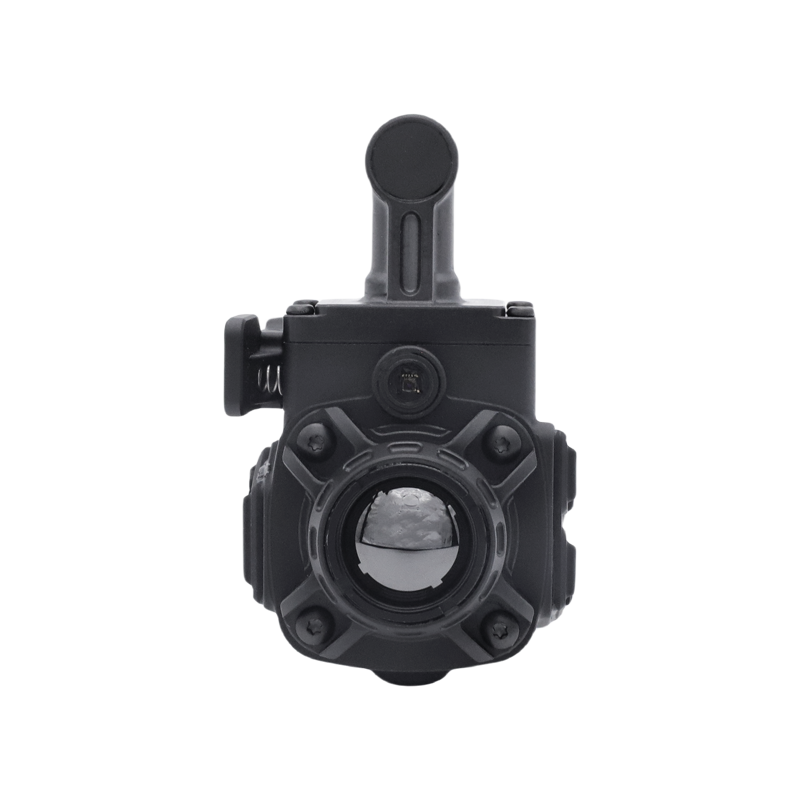

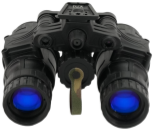

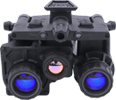



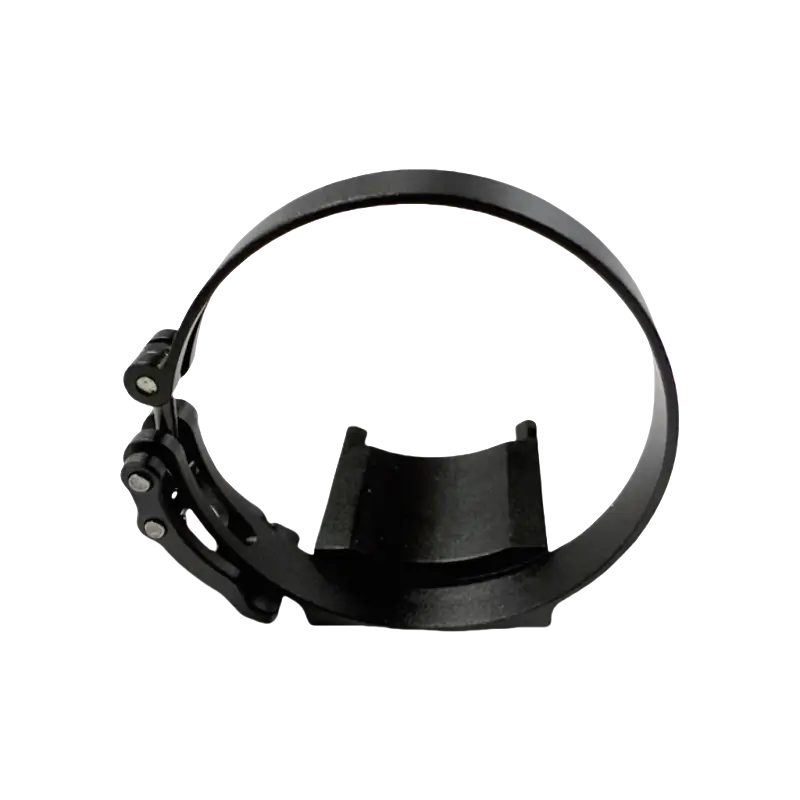
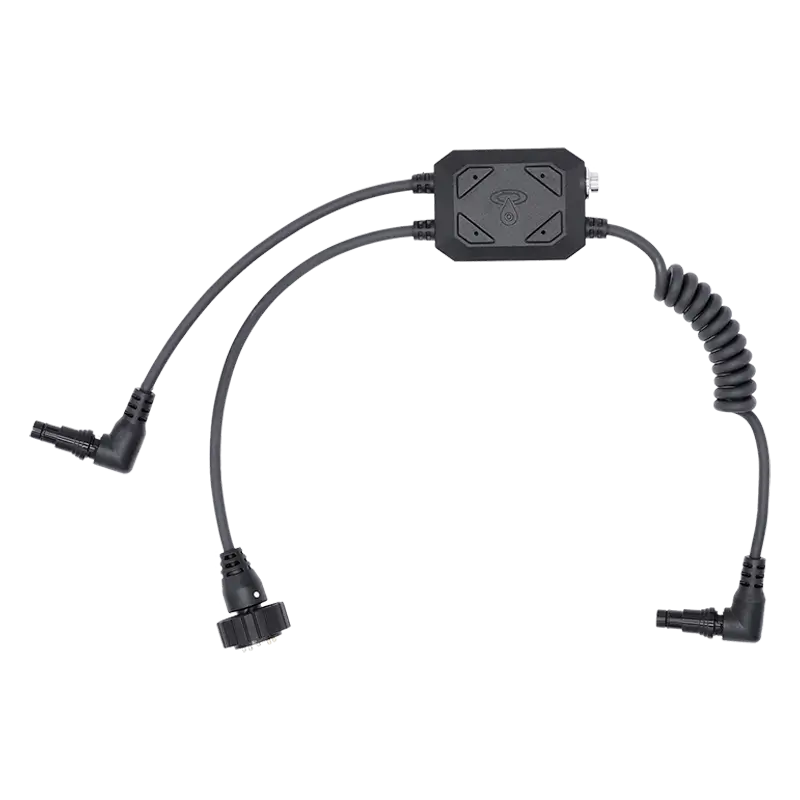
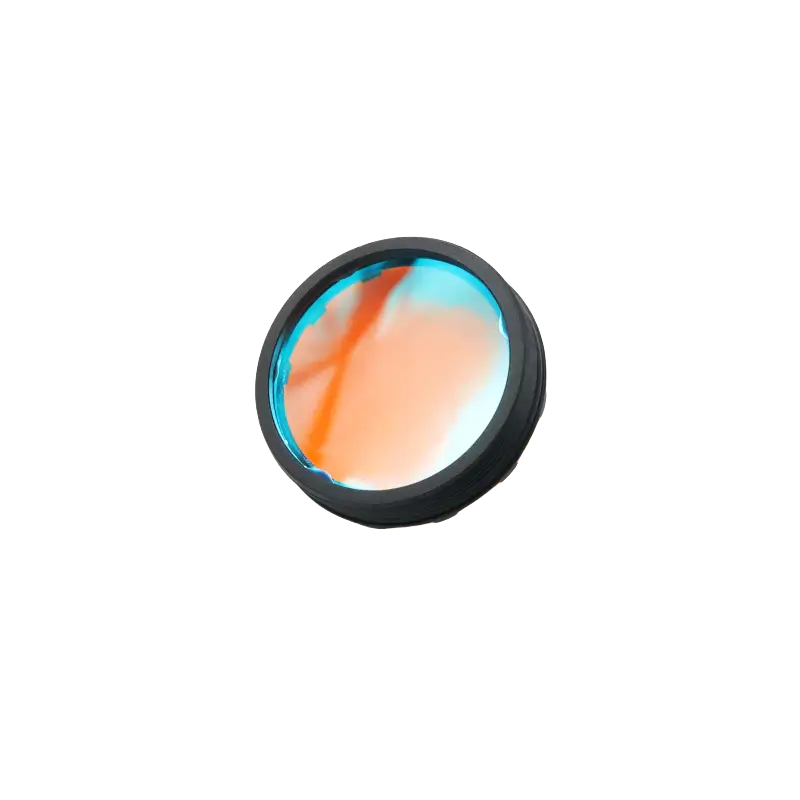
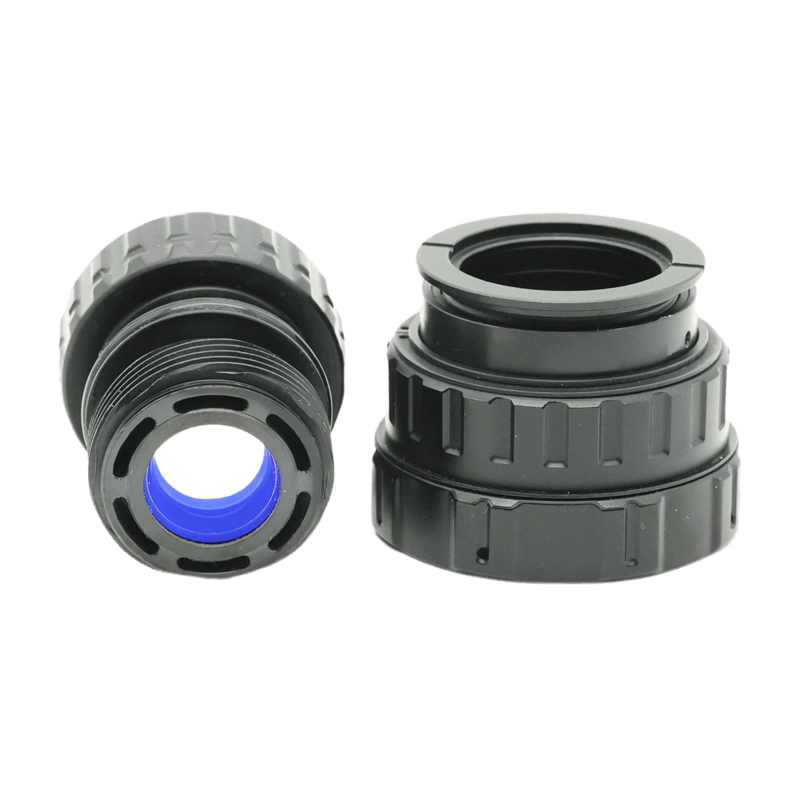
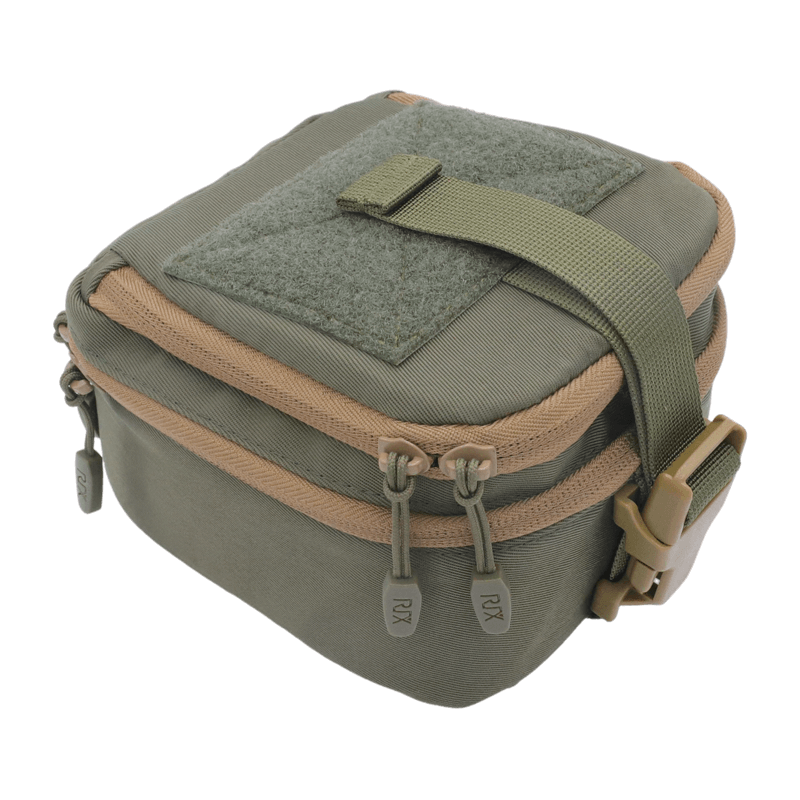
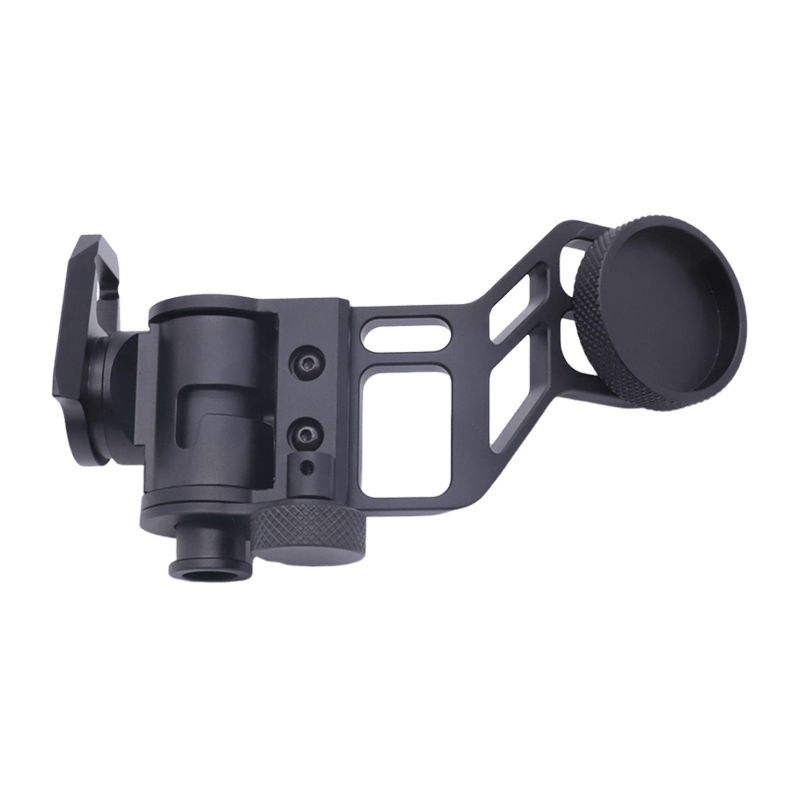
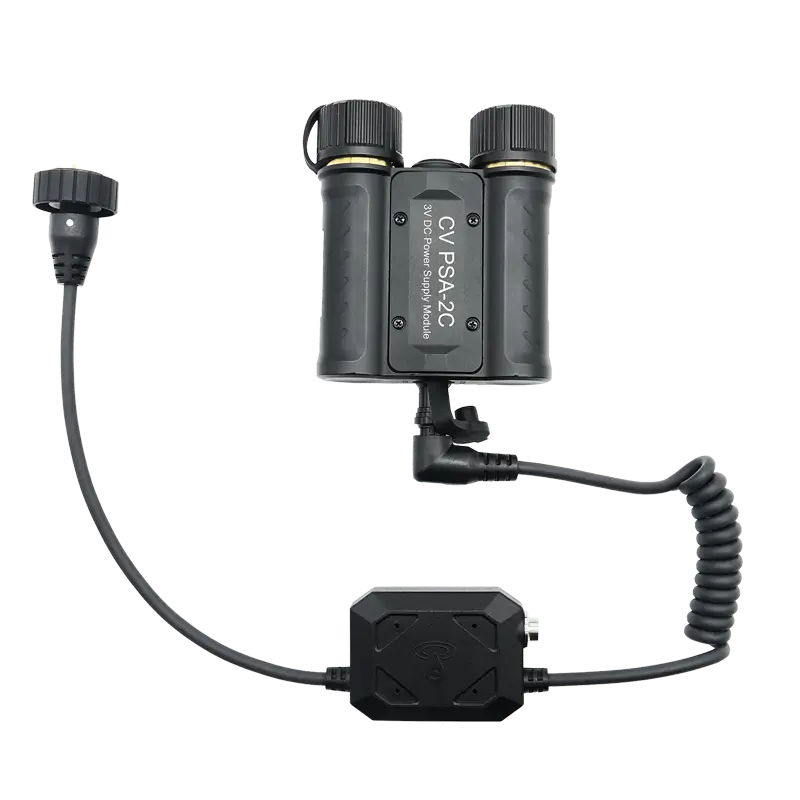
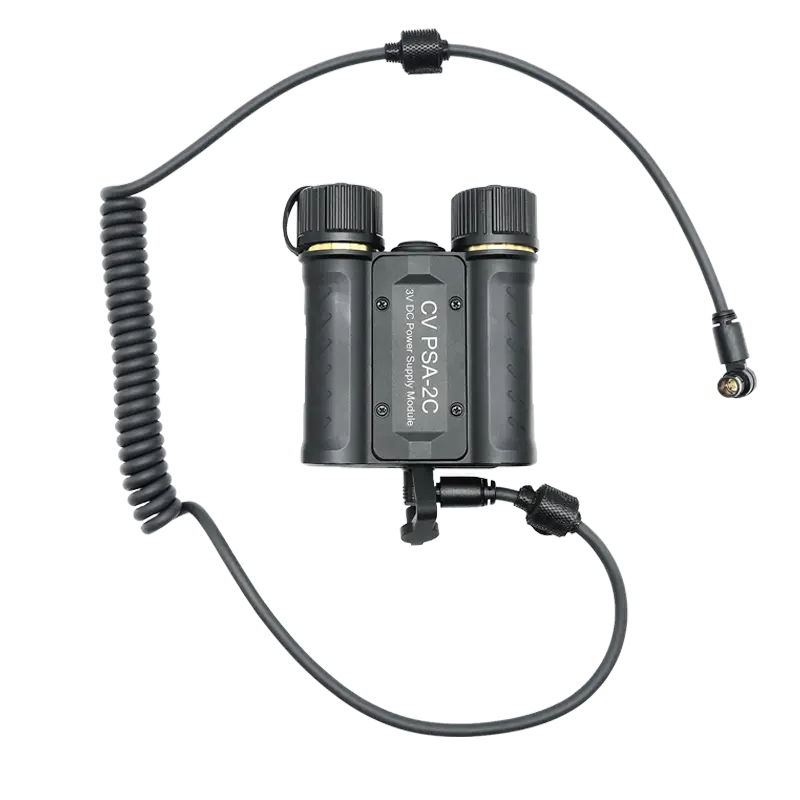
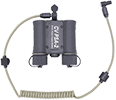

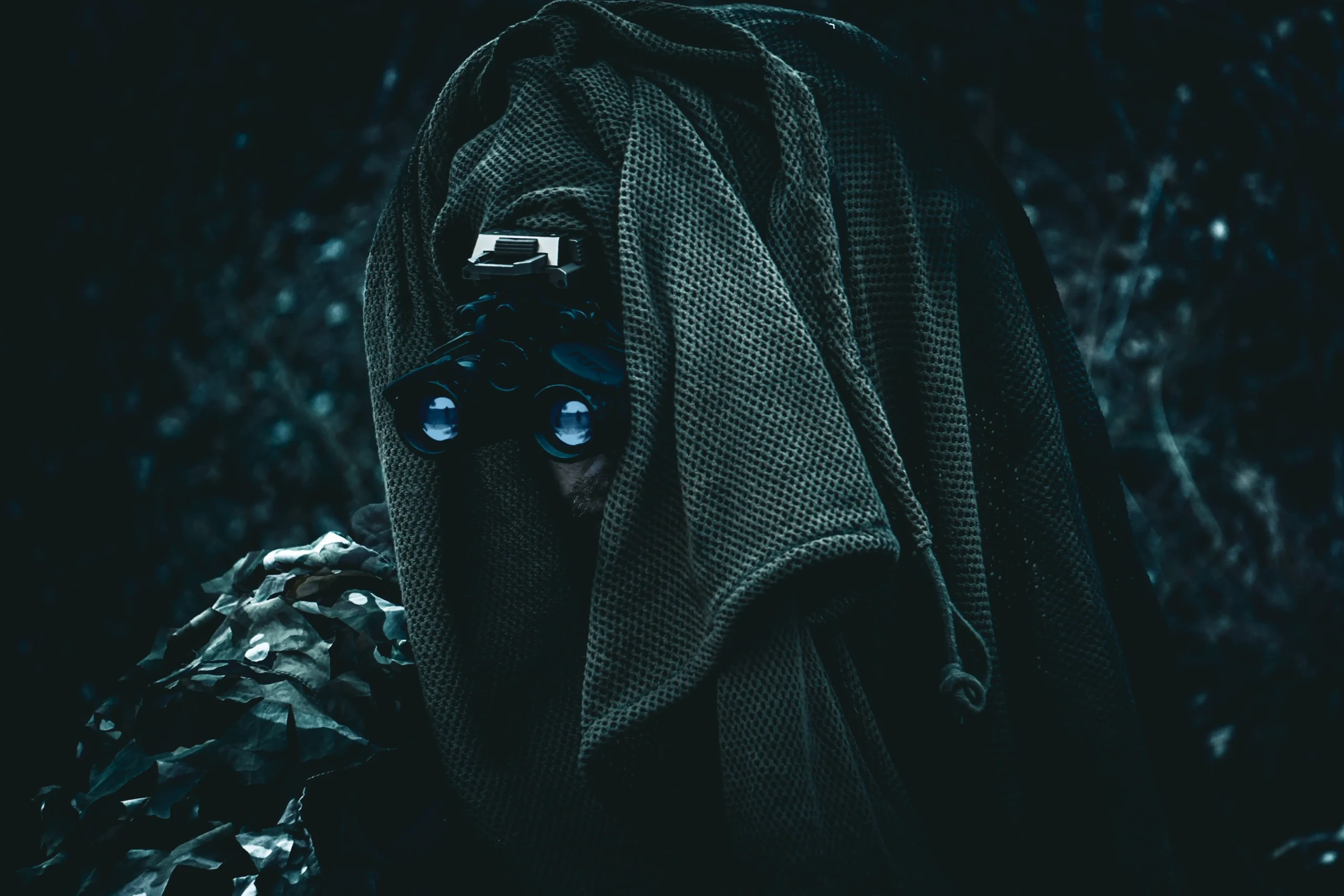
Comments